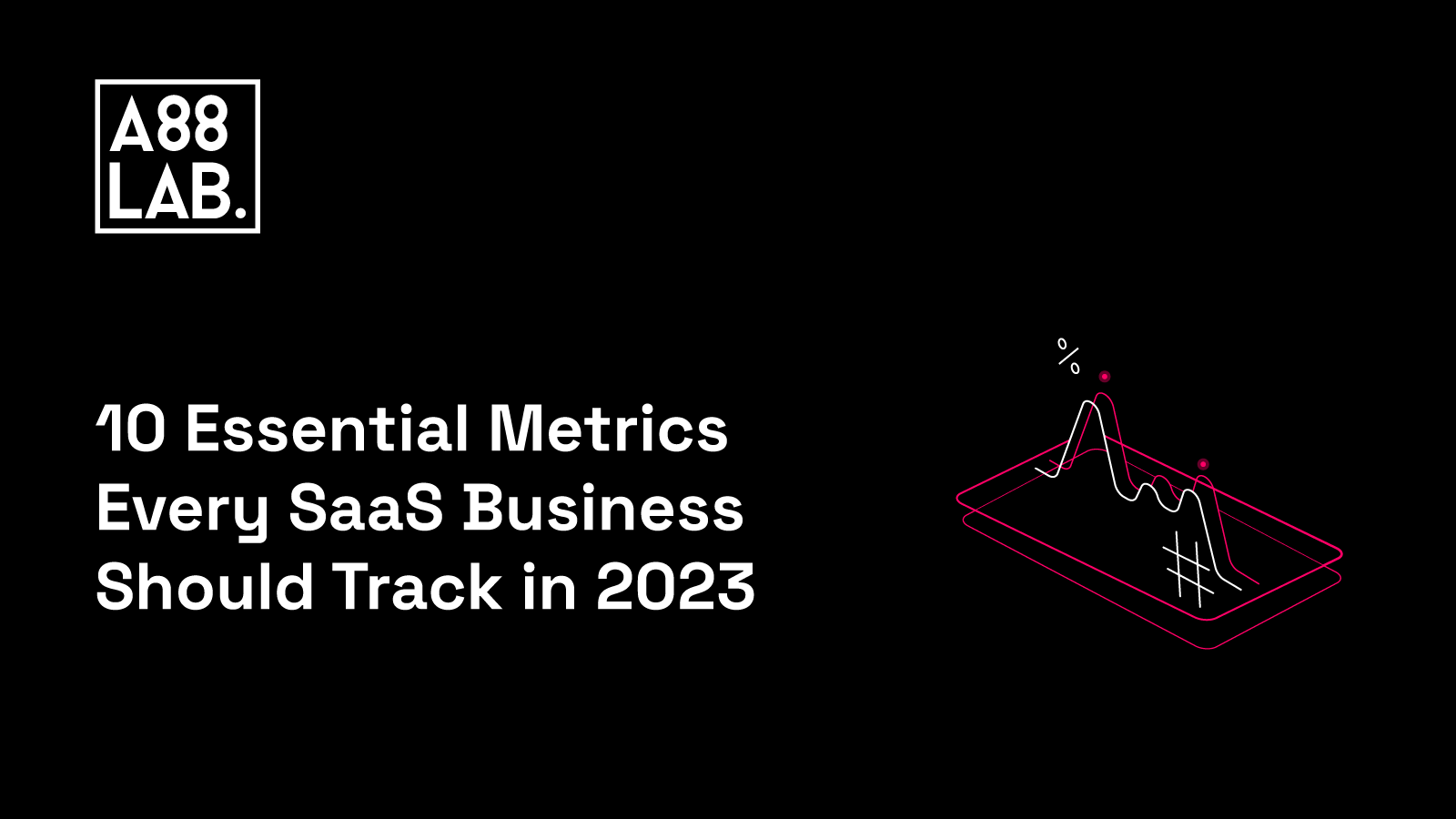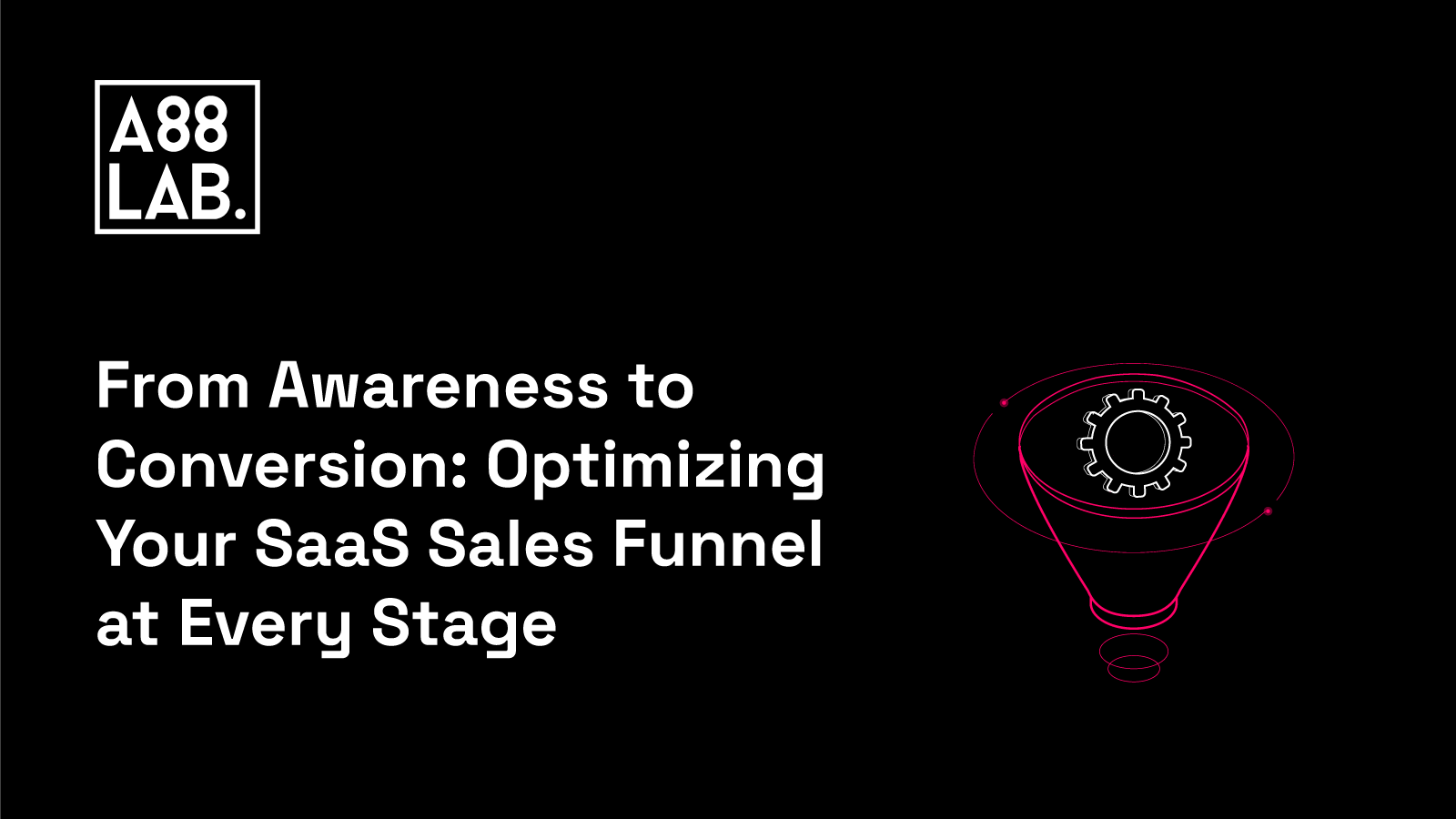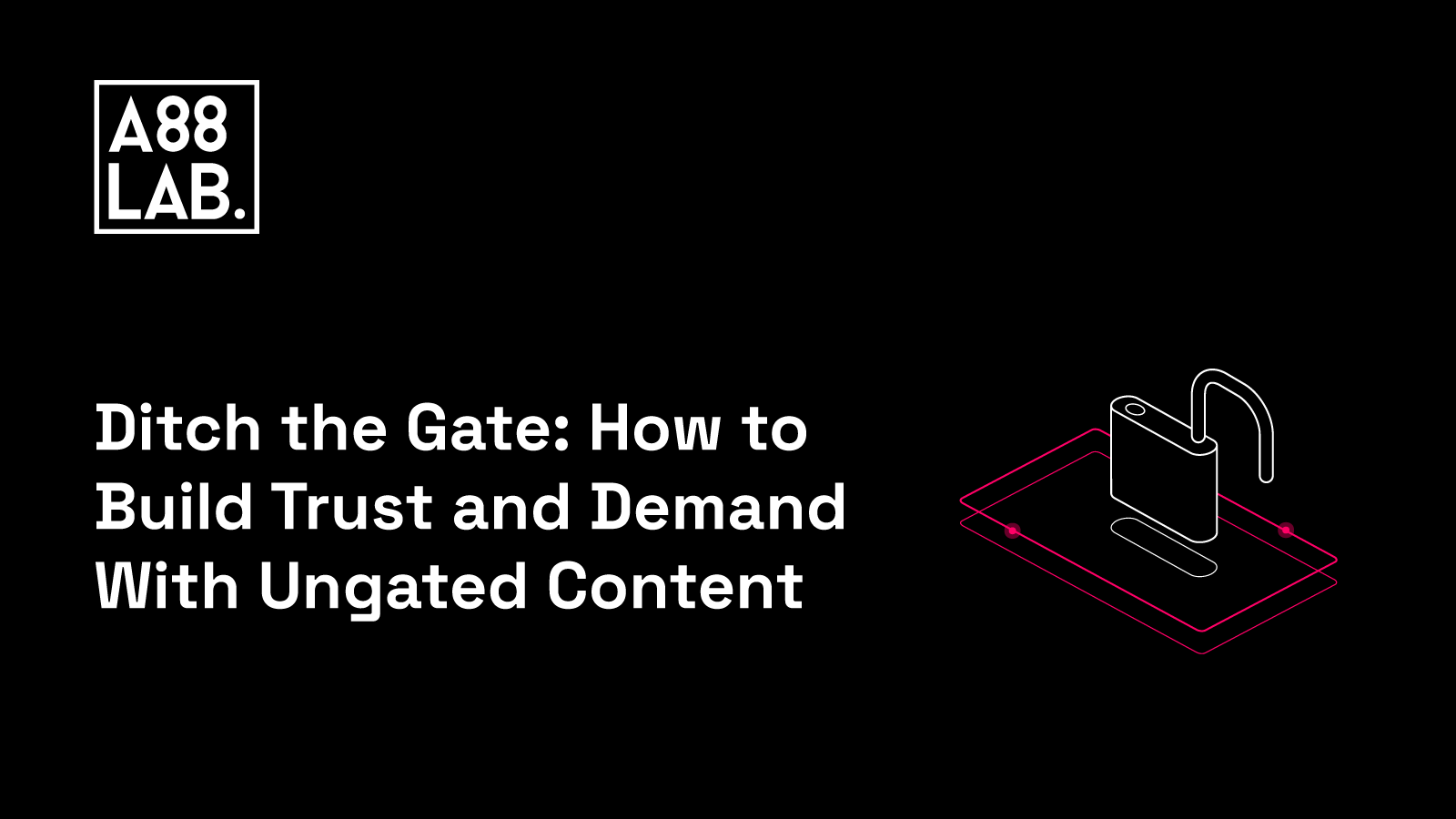The software-as-a-service (SaaS) industry is rapidly growing, with the market projected to reach $208 billion by 2023. As more players enter the market, SaaS companies need to grow even faster to stay competitive.
When you're working for a SaaS business, knowing your numbers is everything. Understanding how much it costs to acquire a customer and how much they'll spend with you over a lifetime will help you make smarter decisions around sales, marketing, R&D, and investment. It can also help you know when to pivot or if a product launch is worth the effort.
In this article, we'll look at some of the key SaaS metrics you'll want to understand and monitor to stay ahead of the game. Whether you're just starting out or want to track important metrics to optimize your growth, this list of essential metrics will help you do just that.
What Are SaaS Metrics
SaaS metrics are data points that are unique to software-as-a-service businesses. They help measure the performance and growth of a company and provide insights into how the business is performing. These metrics are often divided into several categories, such as revenue, customer acquisition, customer engagement, and customer retention.
Revenue Metrics
Revenue metrics measure the financial performance of a SaaS business. The most commonly tracked revenue metrics include Monthly Recurring Revenue (MRR), Annual Recurring Revenue (ARR), and Gross Revenue.
Customer Acquisition Metrics
These metrics measure how effectively a SaaS business is acquiring new customers. The most commonly tracked customer acquisition metrics include Customer Acquisition Cost (CAC), Customer Lifetime Value (CLTV), and Conversion Rate.
Customer Engagement Metrics
Customer engagement metrics measure how customers interact with a SaaS product or service. The most commonly tracked customer engagement metrics include Engagement Rate, User Adoption, Active Users, and Churn Rate.
Customer Retention Metrics
Customer retention metrics measure how long customers remain active and continue to pay for your product or service. The most commonly tracked customer retention metrics include Customer Retention Rate (CRR), Average Customer Lifetime, Churn Rate, Net Promoter Score (NPS), and Renewal Rate.
Do you have to track every single one of these metrics to stay competitive in 2023? Not necessarily. The specific metrics your organization should prioritize will always depend on your business and user goals. However, there are some indicators that every SaaS company should keep an eye on.
Let's dig into what they are, why they're important, and how to track them.
Customer Acquisition Cost (CAC)
Customer Acquisition Cost (CAC) is a critical metric for SaaS businesses. It measures the total cost of sales and marketing expenses required to acquire a new customer, including the cost of advertising, sales personnel, and other expenses incurred during the customer acquisition process.
Think of it as the amount of money you spend to bring in each new customer. Knowing your CAC is important because it helps you understand how much you spend to acquire new customers and how efficient your sales and marketing strategies are. If your CAC is too high, it may be a sign that you need to optimize your sales and marketing strategies or improve your product-market fit.
To calculate your CAC, simply divide your total sales and marketing expenses by the number of new customers acquired during a specific period. For instance, if you spent $10,000 on sales and marketing efforts in a given month and acquired 50 new customers, your monthly CAC would be $200 per customer.
The lower your CAC, the better, as it means you're acquiring new customers at a lower cost, which translates to higher profit margins. To optimize your CAC, focus on improving your marketing and sales strategies, identifying cost-effective acquisition channels, and refining your product-market fit. By doing so, you can reduce your CAC and scale your business more efficiently, accelerating your growth in the process.
Monthly Recurring Revenue (MRR)
Monthly Recurring Revenue (MRR) is another crucial metric for SaaS businesses. It represents the predictable, recurring revenue generated from your customers' monthly subscriptions, which is critical for the predictability of your revenue stream and overall financial health.
In SaaS, customers are typically billed on a recurring basis, and MRR captures the value of these regular payments. By increasing your MRR, you can create a more stable revenue stream, improve your business's predictability, and better allocate resources to drive more recurring revenue. Plus, investors and stakeholders often use MRR as an indicator of a company's potential for growth.
To calculate MRR, simply add up the subscription fees from all your customers in a given month. This means you'll need to exclude one-time fees but include all recurring costs like discounts, coupons, and add-ons.
One thing to note is that MRR can be a tricky metric to track since it can fluctuate depending on changes in the number of subscribers, pricing, or subscription tiers. That's why it's important to regularly analyze and optimize your SaaS funnel to ensure you're driving the right kind of customers and offering the right value proposition to keep them engaged. We cover more about optimizing your SaaS Sales Funnel in our blog post "From Awareness to Conversion: Optimizing Your SaaS Sales Funnel at Every Stage".
To take MRR one step further, you can also track Expansion MRR, the revenue generated from upgrades or add-ons to existing subscriptions. This metric can help you identify opportunities to upsell customers and drive more revenue from your existing base.
Customer Churn Rate
The churn rate measures the percentage of customers who cancel or do not renew their subscriptions over a specific period. In other words, it indicates how much business you've lost and can help you identify areas to improve customer retention.
If your churn rate is high, it could be a sign that your SaaS product isn't meeting your customers' needs or that your customer support and success strategies need improvement. However, by tracking your churn rate, you can optimize your funnel and improve customer satisfaction to drive revenue growth.
It's essential to dig deeper than just the customer count when analyzing churn. Identify the personas of the churned customers and any unique characteristics that could provide insight into why they failed to renew. This information can be shared across departments, including sales, marketing, and customer success, to improve strategies and increase retention.
Net Promoter Score
Net Promoter Score (NPS) is an important metric for any SaaS business, measuring customer satisfaction and loyalty. By asking customers a simple question, "How likely are you to recommend our product to a friend or colleague from 0-10?" NPS provides valuable insight into customer sentiment and their likelihood of advocating for your product.
To calculate your NPS score, subtract the percentage of detractors (customers who rate your product 0-6) from the percentage of promoters (customers who rate your product 9-10). Passives (customers who rate your product 7-8) are excluded from this calculation but can still provide valuable feedback.
NPS surveys can be conducted through various channels, including email, social media, and in-app messaging. In addition to the numerical score, it's important to include a follow-up question asking customers why they gave that rating. This feedback can help you identify areas for improvement and address any concerns or issues that customers may have.
Improving your NPS score can lead to increased customer retention and revenue growth, as satisfied customers are more likely to remain loyal and refer others to your product. By focusing on improving the customer experience and addressing customer feedback, you can drive higher NPS scores and achieve greater business success.
Customer Lifetime Value (CLTV)
Customer lifetime value (CLV) tells you how much money you can expect to earn from a customer during their entire engagement with your company. By calculating the CLV, you can make smarter decisions about how much money you should spend to acquire new customers and how to keep them around for longer.
Think about it this way: if you know that the average customer will generate $8,000 in revenue over three years, you can anticipate that each customer will pay around $2,000 yearly. This information is handy when it comes to making strategic investments in your business. For example, if you know that your CLV is $8,000, you can figure out how much money you can afford to spend on marketing and sales to acquire new customers while maintaining profitability.
CLV also allows you to identify high-value customers and prioritize them for upsell opportunities. By focusing on customers with a higher CLV, you can increase revenue growth and optimize your marketing and sales strategies. In addition, CLV can help you forecast your revenue and identify areas where you can improve your profitability.
Sales Velocity
Sales Velocity is significant for SaaS companies as it helps measure the efficiency of their sales process, from lead generation to conversion. By tracking sales velocity, SaaS companies can determine which sales funnel stages need improvement and make necessary changes to increase revenue.
Sales velocity is also closely linked to customer acquisition cost (CAC) and customer lifetime value (CLTV). If a SaaS company has a high sales velocity, it means they are acquiring customers efficiently and generating revenue quickly. This, in turn, can lead to a lower CAC and higher CLTV, as the company is able to acquire and retain more customers in a shorter amount of time.
Moreover, sales velocity helps SaaS companies better forecast revenue and set growth targets. By knowing their average sales velocity, they can estimate how much revenue they will generate in a given period and set achievable growth targets accordingly. This allows them to make informed decisions regarding resource allocation, hiring, and expansion plans.
A great starting point to improve sales velocity is to switch from Lead Generation to Demand Generation. One of the very first initiatives to do when switching from Lead Generation to Demand Generation is to ungate your content. The benefits of ungated content in the context of Demand Generation for SaaS are covered in our blog post "Ditch the Gate: How to Build Trust and Demand with Ungated Content".
Customer Engagement Score
Customer engagement is closely tied to customer retention and ultimately, your revenue. It measures how often customers log in, how much they use your software, and other factors that indicate their likelihood to continue using your product. For example, if a customer uses your software daily, it's less likely they will cancel their subscription.
The inputs and value assignments that make up your customer engagement score depend on how your typical customer uses your software. To create your own engagement score, you can start by analyzing your happiest, longest-standing customers. Look at factors like how often they log in and whether they reach certain usage milestones within a specific time frame.
Once you have a list of inputs and value assignments for each one, you can calculate an engagement score across the board for your customers. This lets you quickly and efficiently evaluate customer engagement with just one data point.
By using a customer engagement score, you can identify customers who may be at risk of churning and take proactive steps to retain them. You can also use the score to determine which features or areas of your product are most engaging for customers and focus on improving those areas to boost engagement and retention even further.
Qualified Marketing Traffic
Understanding where your website traffic comes from is critical to driving growth when running a SaaS company. However, as your user base expands, it can be tricky to accurately measure the effectiveness of your marketing initiatives.
One reason is that most SaaS websites have a log-in link on the homepage, which existing customers use regularly. As a result, your overall website traffic may appear to be growing when in reality, it's simply your user base expanding.
That's where qualified marketing traffic comes into play. This is the group of visitors who are most likely to become future or recurring customers. These people are discovering your product for the first time through your marketing initiatives, not just returning customers who are already familiar with your offering.
To accurately track qualified marketing traffic, it's important to differentiate between these visitors and your returning customers. By doing so, you can set actionable traffic KPIs and develop a solid traffic-generation plan focusing on the visitors who are most likely to convert.
One way to distinguish between these groups is by setting up event tracking on your website. This could involve counting the number of times a visitor reaches a log-in screen or clicks a link in your navigation. Another approach is to use in-app analytics to monitor log-ins and usage per month.
By separating these two data points, you can better understand your website's growth each month and focus on the visitors who are most likely to become paying customers. This approach can help you optimize your marketing strategy and drive long-term growth for your SaaS company.
Average Revenue per Account (ARPA)
Is your SaaS company making the expected average amount of revenue per customer? To help you figure this out, calculate your average revenue per account (ARPA) — also known as your average revenue per user (ARPU).
Calculating your ARPA is pretty straightforward. All you have to do is take your monthly recurring revenue and divide it by the total number of accounts or users. This will give you the average amount of revenue per account or user each month. If you need the annual figure, you can do the same thing with your annual recurring revenue.
Having a clear understanding of your ARPA will help you optimize your future plans and set goals for new customer acquisition. It can also help you identify opportunities to increase your revenue per account, such as adjusting your pricing model or offering premium features.
Cash
Last but certainly not least, ensure you keep a close eye on your cash flow. It might sound obvious, but every business, including SaaS companies, needs to have a firm grasp on its cash flow.
Make sure you track your total cash, including any short-term investments or cash reserves. A low cash reserve can be a major risk in the SaaS space, as customer churn can lead to sudden drops in revenue. On the other hand, a healthy cash flow can give you the freedom to invest in new initiatives, hire talented employees, and fuel growth.
There is no fixed number you should strive for, as the amount of cash your company needs depends on many factors. However, ensure enough reserves to cover your operations and keep an eye on any spending that could be hindering your cash flow.
Track Your SaaS Metrics to Success
There you have it - the essential metrics to keep an eye on for your SaaS business. Whether you're a startup, an established business looking to increase your customer base, or a SaaS veteran trying to understand what's happening with your business, tracking these metrics will help you make better decisions and grow your company.
But it's not just about collecting the data - it's about using it to your advantage. In the end, KPIs are worthless if the organization fails to invest in process, people, and technology.
To drive the right outcomes, you need to ensure your processes support the key business activities and you’ve built the organizational structure that supports them. By doing so, you can optimize your funnel, improve your bottom line, and grow your business faster. So don't just track KPIs for the sake of tracking them - use them to build a stronger, more successful SaaS business.
.png)


